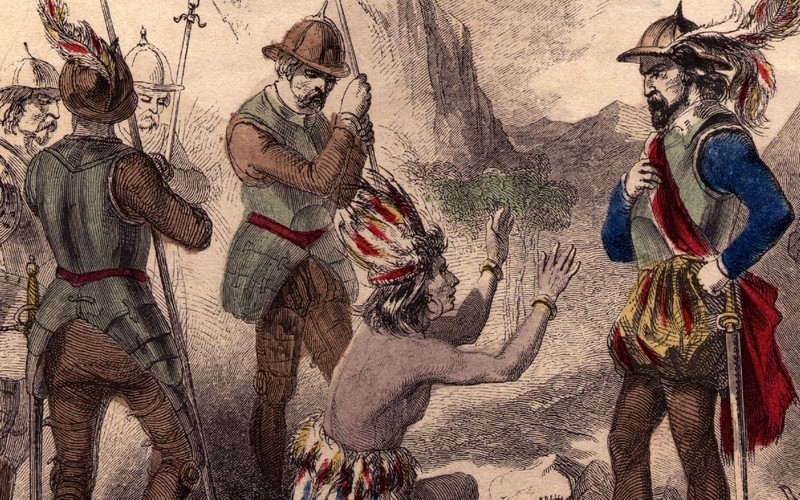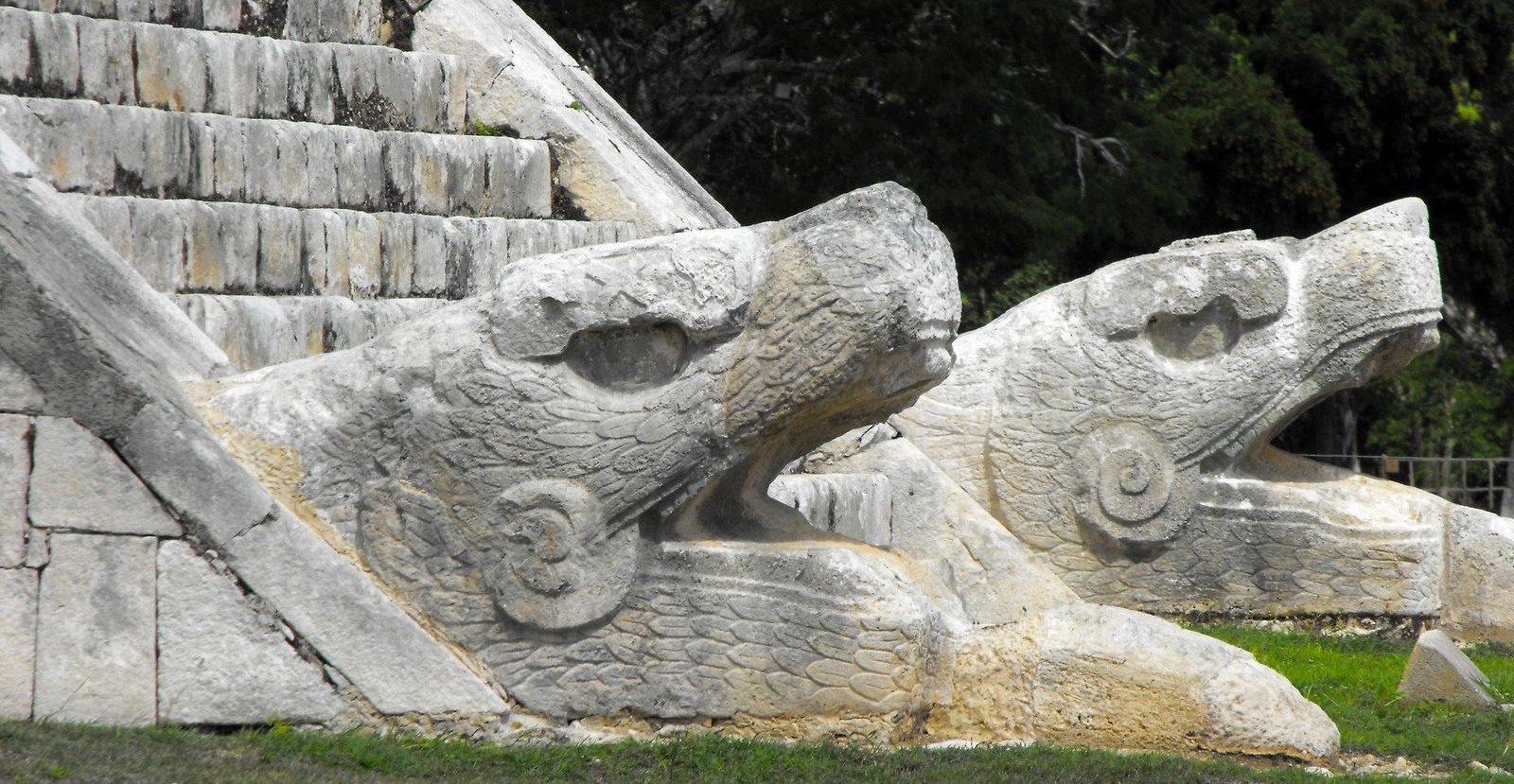
Pre-Columbian America
Discoveries in the fields of archeology, anthropology and geology, together with modern research based on DNA analysis, confirm that the Americas were the last continents to be populated by the human race.
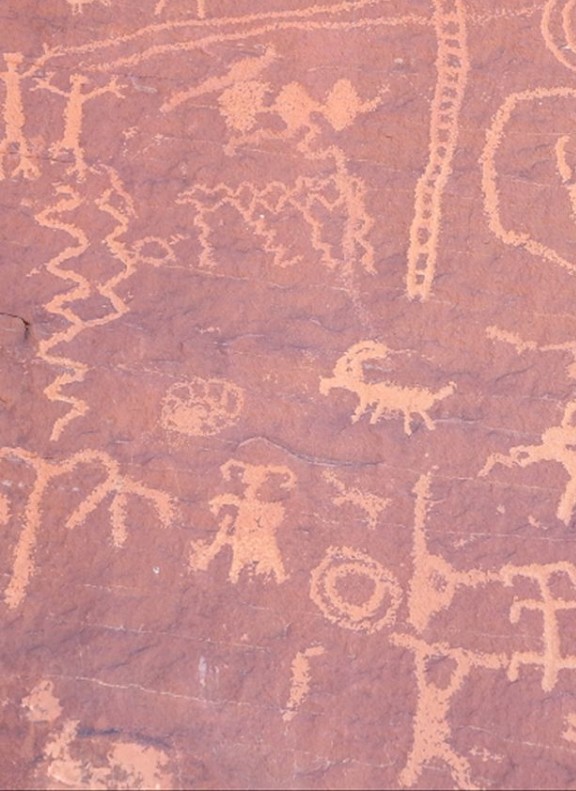
1 of 5
The first theory put forward by researchers has the most support. According to this theory, a large number of Asiatic groups began to cross the Bering Strait during the last great ice age. The migrators used the “ice bridge” between Asia and North America to follow and hunt flocks of big herbivores migrating between the two continents.
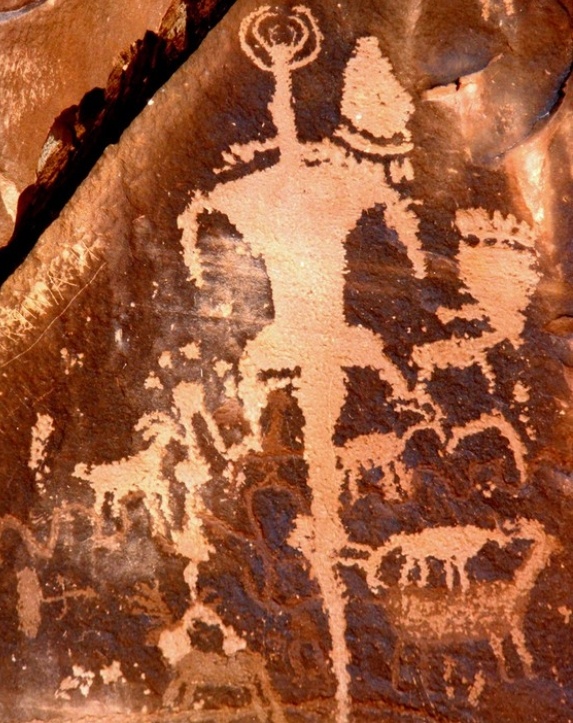
2 of 5
The second theory put forward is that that of sea voyages along the Asian and American coasts of the Pacific. It is supposed that Asiatic groups originally from the western Pacific islands began to populate the coasts of the American continent, down to South America. They used small vessels. Coastal regions were considered to be good areas for development. There was a great variety of animal and plant species necessary to man for food.
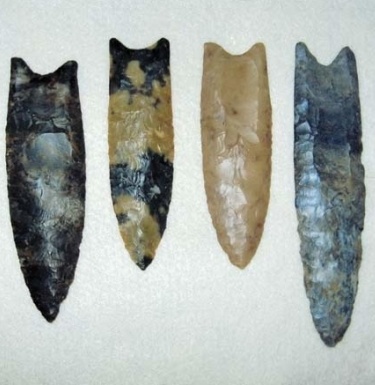
3 of 5
Most researchers consider the Clovis culture to be the first American culture. This was located in North America. One of its defining characteristics is the use of bone and ebony spears for hunting large animals.
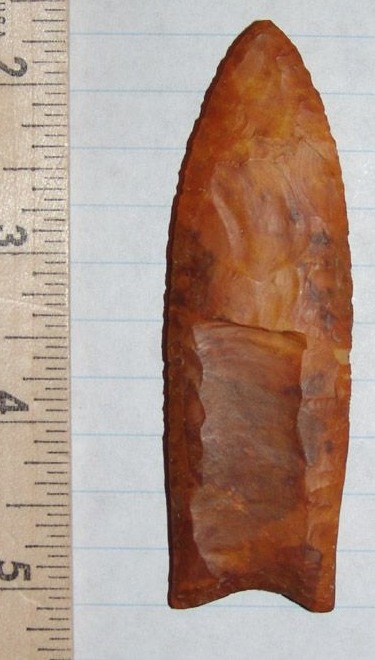
4 of 5
There is much archeological proof to show that the Clovis culture is the oldest American culture. However, in Brazil, California, Chile and Venezuela, traces have been found of an older culture. Thus, researchers are inclined to take into consideration both the theory of migration via the Bering Strait, and also the movement of Asian populations towards the new continent across the Pacific coast.
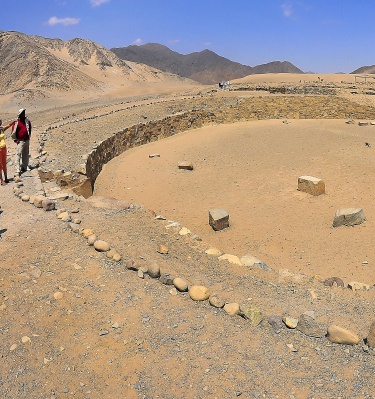
5 of 5
Whichever theory is true, it is certain that the migrators found a territory rich in resources. This allowed rapid expansion. Thus, only a few centuries after the last ice age, there was a significant population of people in both North and South America. This is a widely accepted fact.
The archaic period in the history of American cultures has been defined as being a few thousand years after the end of the migratory process from Asia to America. The process of migration ended after the ice bridge of the Bering Strait completely disappeared. This period is known as the beginning stage of the growth of a society of hunters and semi-agriculturalists. These people had social and organizational structures in incipient stages.

1 of 5
The process of population of the American continents lasted a long time. The main occupation of the new incomers was hunting. This was the element which determined, for the most part, the gradual spread of inhabitants over the whole surface of the continent.
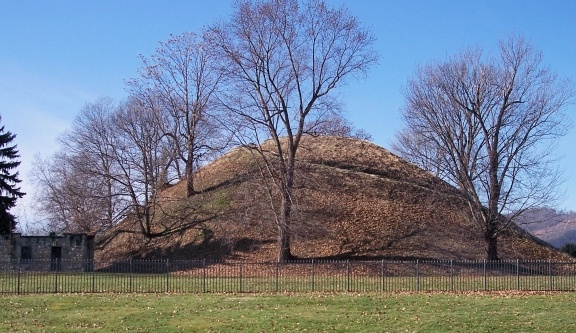
2 of 5
The cultural development of the primitive American populations is attested by the discovery of the first structures raised for religious purposes. These structures were mounds of earth up to 19 metres tall. One example is the Grave Creek mound in western Virginia. It is believed that they were raised during religious ceremonies, at the burials of tribal chiefs.
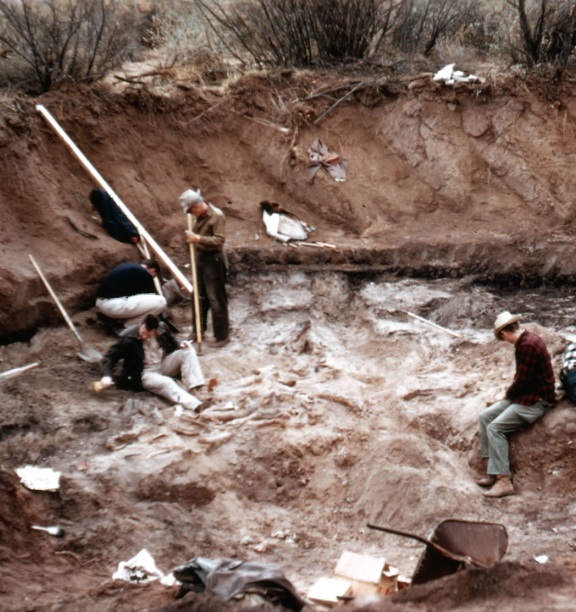
3 of 5
The first complex societies began to appear when the climate of the continents stabilized. Thus, suitable conditions for agricultural activities appeared. Many species of plants - such as beans, corn, squash, yams, avocado, passion fruit - began to be cultivated. Thus, a stable source of food was provided for the new inhabitants.
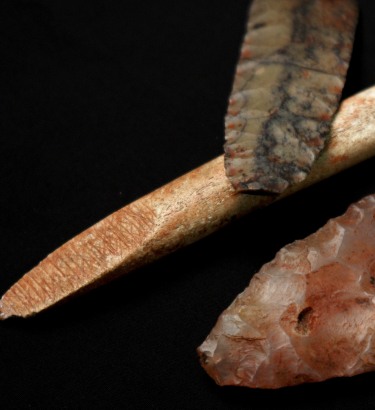
4 of 5
The “Woodland” period of development was a new phase in the development of the cultures of eastern North America. This stage is characterized mainly by the spread of the use of ceramics. At the same time, agricultural instruments and hunting tools made from wood, bone, leather and stone were continually being developed. The spread of agricultural crops signalled the gradual change from a nomadic lifestyle to a pastoral one.
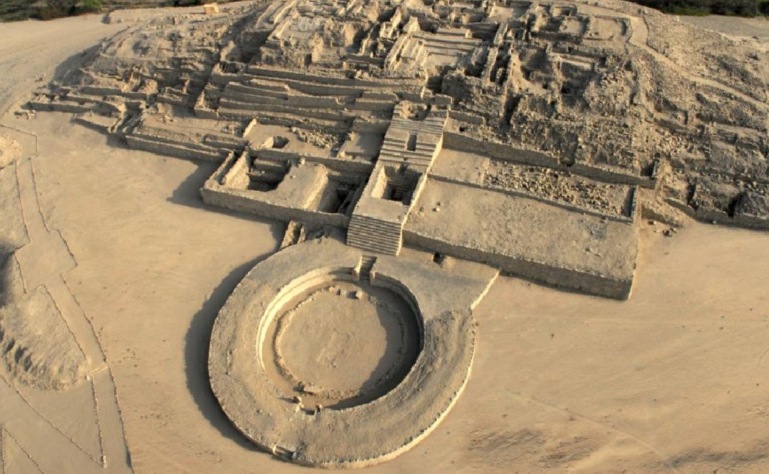
5 of 5
The most advanced culture of this historical period was in South America, on the territory of Peru. The “Norte Chico” culture, as it has been named by archaeologists, is considered to be the first advanced American culture. Although this culture did not manufacture ceramics, the constructions discovered show advanced social, economic and religious development.
- Jill Rubalcaba, Empires of the Maya, Chelsea House Publishers, New York, 2010
- Barbara A. Somerville, Empire of the Incas, Chelsea House Publishers, New York, 2009
- Lucien Biart, trad. J.L. Garner, The Aztecs, their History, Manner and Customs, A. C. McClurg and Company, 1887






